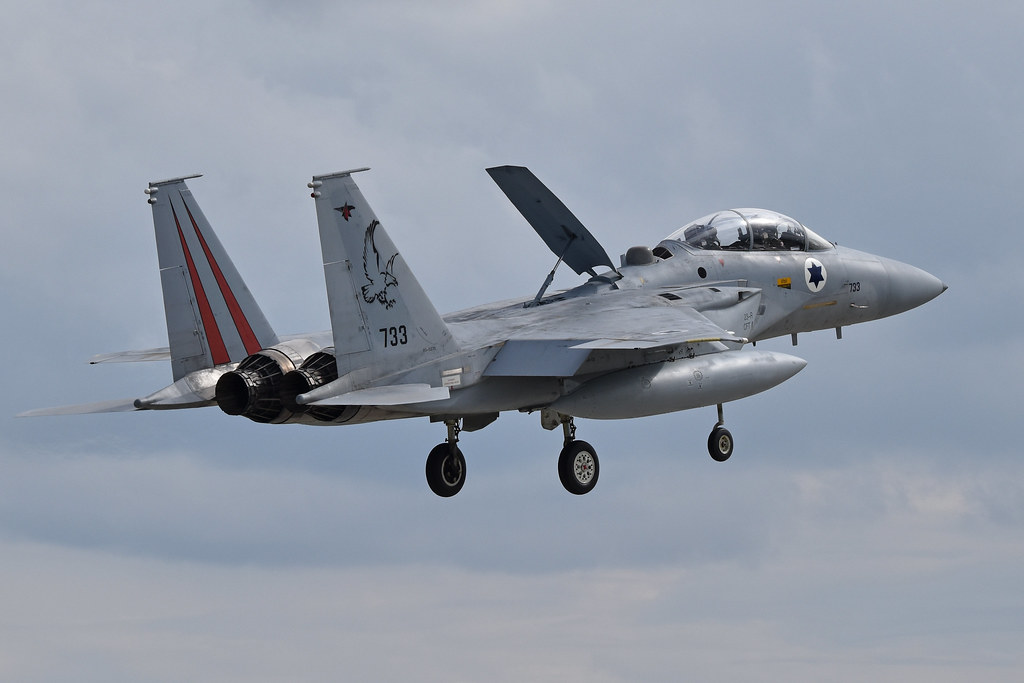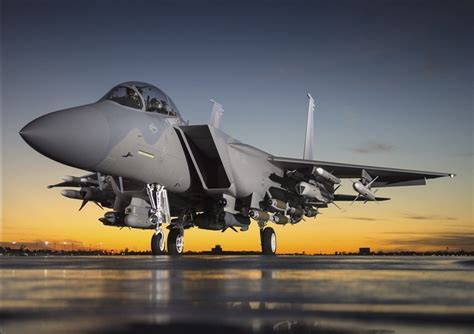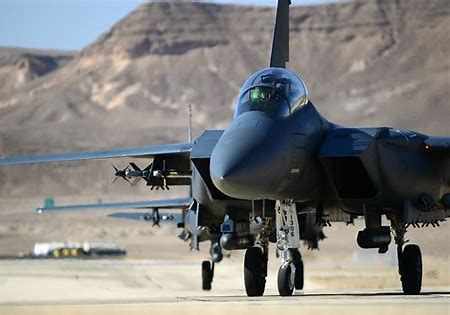
When the Israeli Air Force (IAF) launched Operation Wooden Leg in 1985, sending their F-15 Eagles soaring over the Mediterranean to strike at the PLO’s headquarters in Tunis, they not only executed Israel’s longest aerial strike but also cemented the F-15’s reputation as a versatile and formidable aircraft.

This mission, in response to a terrorist attack, saw the F-15s refueled in mid-flight by a Boeing 707 tanker, allowing them to travel almost 2,000 km and hit their targets with precision.

Defense Minister Yitzhak Rabin at the time encapsulated Israel’s stance: “The IDF will always find and punish those responsible.” The IAF’s strategy was clear – demonstrate their reach and resolution. The F-15s destroyed their targets, including the office of Yasser Arafat and a Force 17 barrack, with no aircraft losses. While Arafat was not present at the time, the message was unmistakable.

As the IAF archives recount, an IAF pilot described the intense pressure and adrenaline of the moment, focusing singularly on their objective. This successful use of the F-15, an air superiority fighter, in a ground attack role showcased its operational flexibility.

The genesis of the F-15’s dominance began in the 1970s as the IAF recognized the need for an air superiority fighter to counter Soviet-made MiGs, particularly the MiG-25 Foxbat.

As the U.S. awarded the FX contract to McDonnell Douglas, the IAF became the F-15’s first export customer, receiving their fleet under the Peace Fox program. The F-15 quickly became Israel’s primary air supremacy fighter, an unchallenged status it maintains to this day.

With an impressive record of over 90 adversaries shot down, mostly in IAF service, and no combat losses, the F-15 has proven its superiority in air-to-air combat, especially against Syrian MiGs during a series of engagements.

The Eagle’s robustness was put to an extraordinary test in 1983 when an IAF F-15D, having collided with an A-4 Skyhawk and losing an entire wing, managed to land safely.

The aircraft’s durability, combined with its powerful Pratt & Whitney engines, advanced avionics, and diverse armament options, including the capacity to carry a mix of AIM-7 Sparrow, AIM-9 Sidewinder, or Python 3/4 air-to-air missiles, solidifies the F-15’s role in IAF’s strategy.

The F-15’s legacy continues with its advanced variant, the F-15EX Eagle II, bolstering the case for new procurements. The F-15EX’s participation in defending Israel from an Iranian drone and missile attack demonstrated its unparalleled capabilities in modern warfare.

Equipped with the AN/APG-82 AESA radar, the most powerful fighter AESA in service, and the ability to carry a large number of weapons, the F-15EX was critical in shooting down more than 70 Iranian drones, showcasing its value in missile and drone defense.

The F-15EX’s impressive performance is not limited to air-to-air combat. Its role in missile defense, particularly against drone swarms and cruise missiles, is increasingly important.

The aircraft’s enhanced networking capabilities, improved radar systems, and the IRST-21 sensor of the Legion Pod allow it to operate effectively as part of a larger battle network.

As tensions and challenges evolve, the F-15 continues to adapt, showcasing why it remains an essential component of Israel’s formidable air defense strategy.

The aircraft’s legacy and the skilled IAF pilots behind the controls have proven time and time again that they are masters of air combat and deterrence, upholding Israel’s security through unmatched aerial prowess.
Relevant articles:
– Why Israel Was the First Air Force to Send the F-15 on a Strike Mission, The National Interest
– 15 Combat Action, flight simulation books
– McDonnell Douglas F, Jewish Virtual Library
– F-15E Strike Eagle’s Defense Of Israel Bolsters The Case For F-15EX, The War Zone

